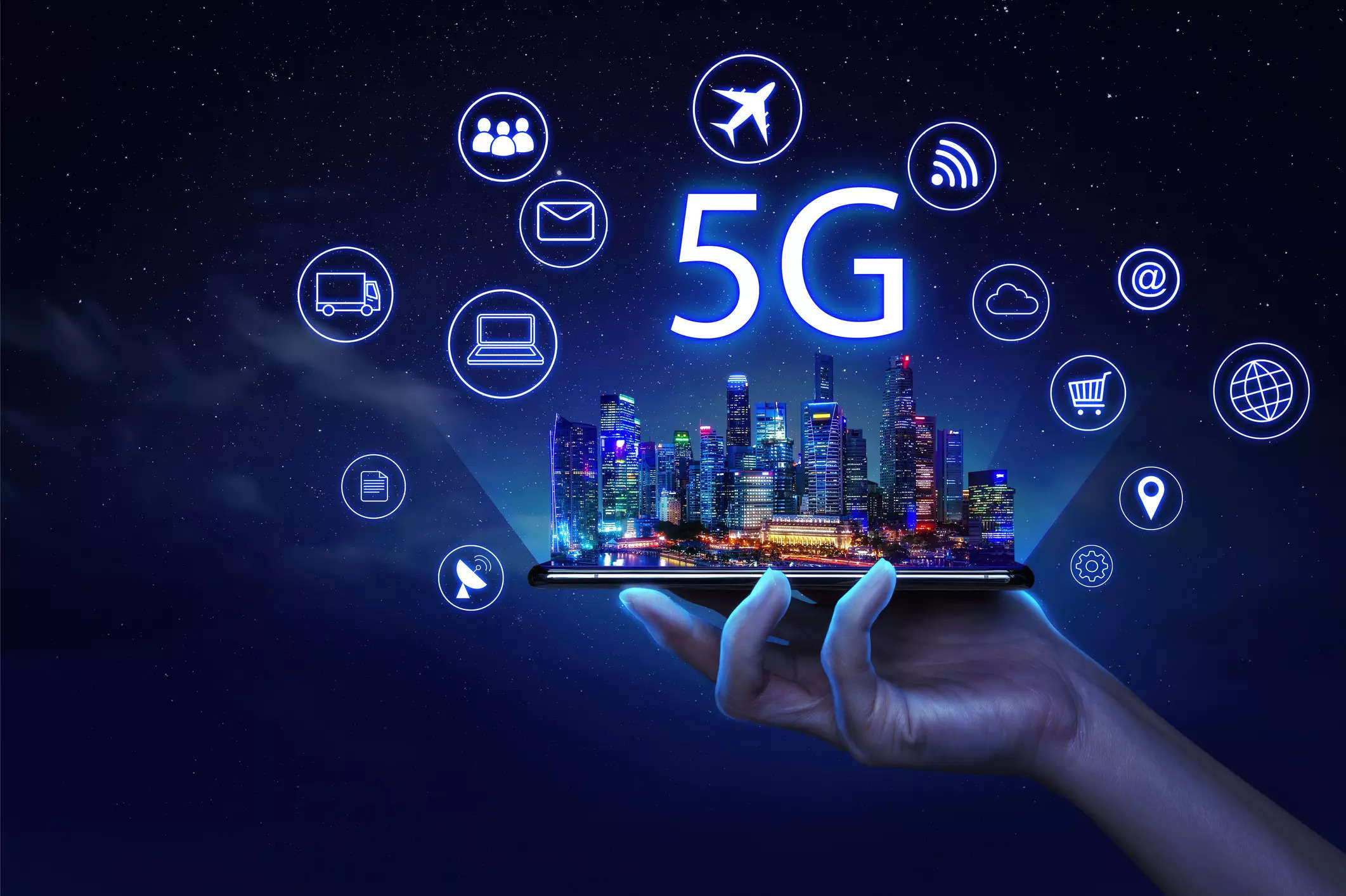A2102 Insights
Explore the latest trends and news on technology, lifestyle, and more.
5G: The Speedy Revolution You Didn't See Coming
Discover how 5G is transforming our world faster than you think! Uncover the surprising impact of this speedy revolution today!
How 5G Technology Works: Demystifying the Speed Revolution
5G technology represents the fifth generation of mobile networks, designed to provide faster speeds and more reliable internet connections than its predecessors. At its core, 5G operates through a combination of advanced technologies, including millimeter waves, which allow for higher bandwidth and faster data transmission, as well as massive MIMO (Multiple Input Multiple Output) systems that utilize a larger number of antennas to enhance signal strength and capacity. This shift not only improves download and upload speeds but also reduces latency, making real-time applications such as online gaming and video conferencing much more seamless.
The architecture of 5G networks also plays a crucial role in its performance. It employs a cloud-native architecture, which means that computing resources are virtualized and distributed across the network. This approach enables operators to manage traffic more efficiently and prioritize high-demand services. Furthermore, the deployment of a denser network of small cells—tiny, low-power base stations—ensures coverage and capacity, particularly in urban areas where user demand is highest. As the adoption of 5G technology continues to expand, it is set to revolutionize various industries by enabling innovations such as the Internet of Things (IoT) and smart cities.

The Impact of 5G on Everyday Life: What You Need to Know
The advent of 5G technology is set to revolutionize our everyday lives by dramatically improving the speed and reliability of mobile connectivity. With download speeds expected to reach up to 10 Gbps, which is up to 100 times faster than 4G, users can expect seamless streaming of high-definition content and instantaneous downloads of large files. This enhancement in connectivity will not only benefit individual users but will also empower enterprises to leverage Ultra-Reliable Low Latency Communications (URLLC) for applications such as remote surgery, autonomous vehicles, and smart city infrastructure.
Furthermore, the impact of 5G extends beyond just speed; it provides an opportunity for creating a more interconnected world. The enhanced capacity of 5G networks allows for the simultaneous connection of up to a million devices per square kilometer. This capability will facilitate the growth of the Internet of Things (IoT), enabling smarter homes, connected healthcare devices, and efficient industrial automation. As a result, consumers will experience increased convenience and efficiency in their daily activities, from managing home appliances remotely to accessing real-time health monitoring services.
Is 5G Safe? Debunking Common Myths and Concerns
As 5G technology rolls out globally, concerns about its safety have become increasingly common. Some individuals fear that the higher frequency of 5G waves could lead to adverse health effects, including headaches, fatigue, and even more severe conditions such as cancer. However, extensive research conducted over the past few decades indicates that 5G technology is safe. Organizations such as the World Health Organization (WHO) and the Federal Communications Commission (FCC) have consistently stated that there is no conclusive evidence linking 5G exposure to harmful health outcomes. This clarification helps to dispel the myths surrounding this next-generation technology.
Moreover, many of the fears surrounding 5G safety stem from misunderstandings about electromagnetic fields (EMFs). It's important to note that 5G operates within regulated limits, and the energy emitted is far below the levels that would cause any harm. In a recent survey, a significant number of myths were debunked, including the idea that 5G signals weaken the immune system or that they can lead to widespread environmental damage. By engaging with credible sources and understanding the science behind 5G technology, we can move past these myths and embrace a future that leverages the advantages of faster, more efficient connectivity.